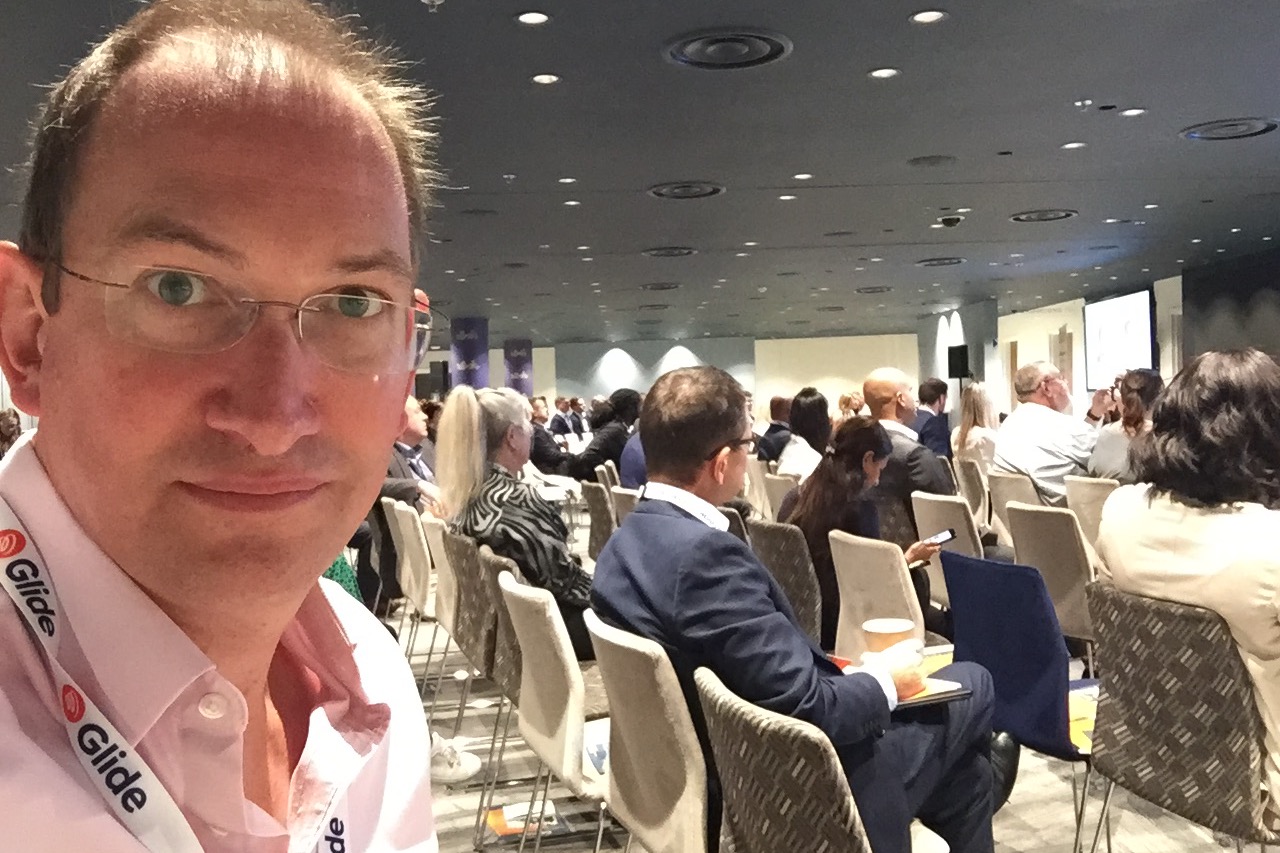Why Build-to-Rent is perfect to scale accessible housing.
- All
- tenants
- landlords-and-investors
- designers-and-developers
- All Articles
- Letting Agents
- Landlords & Investors
- Designers & Developers
Back to Resources
Why Build-to-Rent is perfect to scale accessible housing.
Mon Sep 27, 2021
Wheelchair accessibility and inclusion sit perfectly within the nascent Build-to-Rent sector, though it’s a concept that provokes degrees of personal and corporate discomfort.

Why BTR is perfect to scale accessible housing.
There was a buzz at last week’s Bisnow Annual Build-to-Rent Conference. We were back in a physical setting and, as every panel mentioned, Build-to-Rent (BTR) is a nascent sector looking at huge growth, with new entrants exploring and discussing different models and possibilities.
Wheelchair accessibility and inclusion sit perfectly within this sector, though it’s a concept that provokes degrees of personal and corporate discomfort. This is normal and expected. However, once leaders work through this, they’ll find they can create the mixed-use, diverse and community-centric schemes they talk about. Schemes that reflect real diversity of life will nurture loyalty with tenants (customers / residents / consumers) whom brands can then retain throughout their tenants’ changing phases of life. There’s nothing like an existing customer to help bolster profits.
BTR investors boast a longer term perspective - a healthy change of paradigm from what has come before. Given that 1 in 4 of the UK population will be over 65 by the year 2036, perhaps thinking now about who future tenants might be would be prudent if we want to stay on the right side of a supply and demand ratio. The idea that older people will all want to ghettoise themselves into retirement villages is an interesting assumption - though not one I’d back.
Panelists discussed intergenerational housing, multi-family schemes, downsizers, reduction of risks, growth, pet-friendly commanding premiums, and the merits of urban and suburban locations. They mentioned security in housing, because BTR actively understands the benefits of long-term tenants.
In spite of wheelchair users intersecting with all these concepts above, they are rarely included as tenants. There are 1.8m people in the UK living with accessible housing needs, including 1.2m wheelchair users - 400,000 of whom are currently living in unsuitable accommodation, and are desperate to find somewhere accessible to call home. Remember, these people don’t live in isolation, but often with non-disabled family and friends. Wheelchair users, and the lessons that catering for them bring, are helpful to BTR owners.
We still have age old perceptions that wheelchair users are different or defective or only fit into social housing, or that accessibility is somehow seen as ugly or clinical. This conflicts with London School of Economics and Habinteg's research that of the 1.8m people living with accessible housing needs, 580,000 are in the top half of income demographics. Or that 82% of disabilities are acquired during our working lives. Any way you read the research and statistics, having a portfolio of properties that allow for inclusion and/or unplanned life events and change, will mean wasting less on change overs, retaining tenants for longer and owning assets which are flexible as population demographics and needs change.
Many of the discussions around appealing to tenants and retention revolve around amenities and technology. These are both important and have their place. Though, as was conceded, trends emerge and evolve: what's viewed as good tech now, will likely be quickly superseded as expectations change. Designing for higher minimum accessibility standards has greater impact and longevity. Include a percentage of wheelchair accessible units, and be sure to build in adaptability and flexibility for future use - irrespective of what basic levels government and planning departments mandate - is a sure way to keep rising BTR competition at bay and ensure that your product stays relevant and in demand. They'll be popular with wheelchair users, older renters, families with children and equipment and wealthier people who appreciate the perception of light and space.
If you'd like to have a conversation about how AccessiblePRS can help your BTR strategy, please get in touch. We'd love to help and have tenants registered for a new home.
